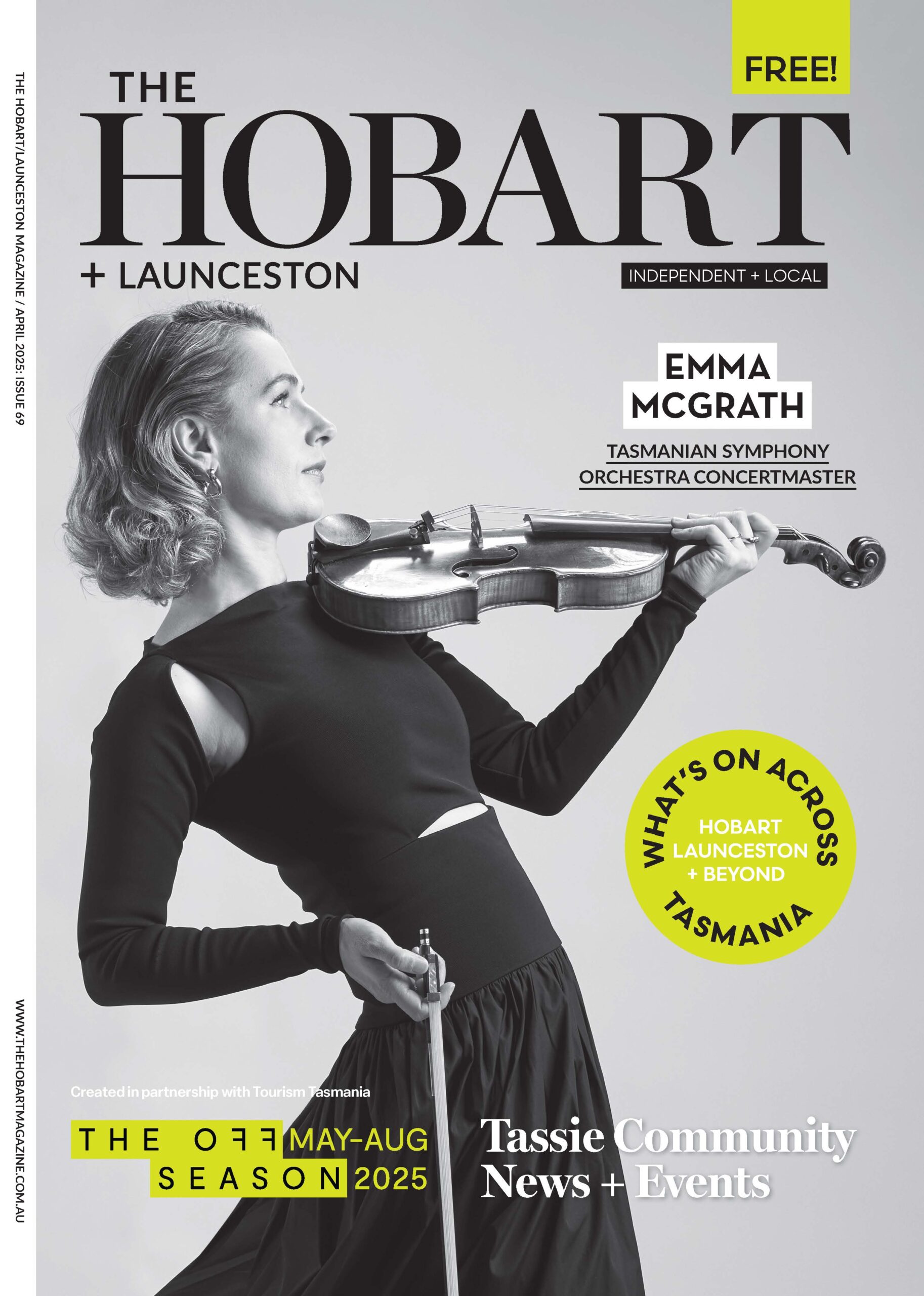Peter Gilmore
by Hobart Magazine
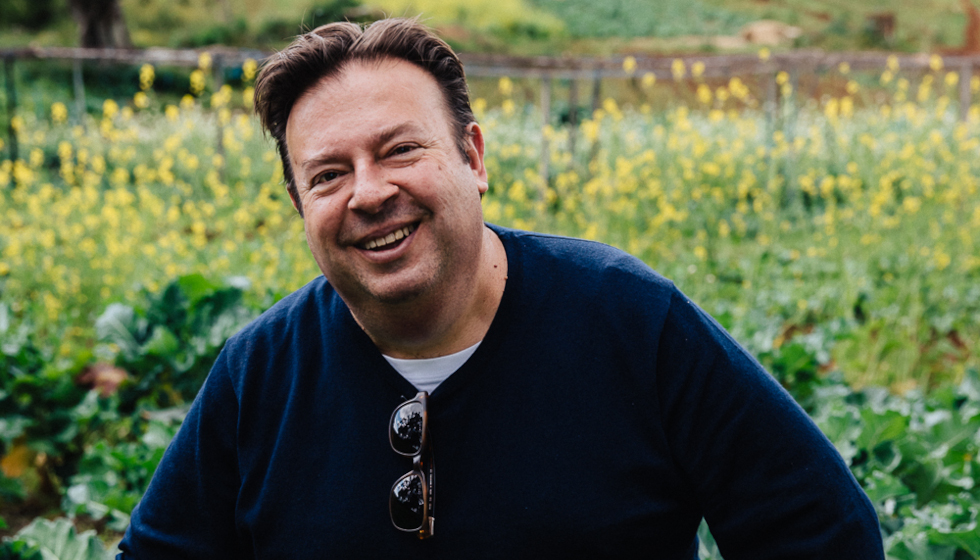
Chef Peter Gilmore, known for his inventive nature-inspired fine dining, leads Sydney’s Quay and Bennelong restaurants. In 2023, he bought a farm near Hobart, and has embraced Tasmania as his second home.
Where did you grow up and where do you live now? I grew up in Ryde and Carlingford in Sydney and I now live between Cammeray in Sydney and the D’Entrecasteaux Channel in Tasmania.
Why Tasmania as a second home? I’ve always enjoyed coming to Tasmania for holidays. I love its natural beauty, clean air, community spirit and great produce. Thinking about the future, my wife and I want to settle in a country location where the pace of life is less hectic but still live close enough to an active cultural centre. Living 40 minutes out of Hobart ticked all the boxes.
What do you enjoy doing when you’re here? I spend a lot of time in my garden and fruit orchard, and I enjoy heading up to Hobart to check out the Farm Gate Market and vibrant restaurant and café scene. I love Hobart, it’s a small city but punches well above its weight when it comes to art, culture and food.
You’re passionate about gardening. How’s the Tassie farm going? I’ve planted well over 50 fruit trees, they are only a year and a half old but are showing great promise. My raised veggie beds are producing exceptionally well although it has taken some trial and error to get used to the Tassie seasons that are quite different to NSW. Overall, I think I am now growing better produce than ever before.
Take us back to when you were starting out. What are the key lessons you learned from the chefs you worked with early in your career? Early on in my career I worked for some years in London and in Country House Hotels in the West Country and Scotland. I was exposed to some incredible produce I hadn’t worked with before; young vegetables, wild mushrooms and game. I learnt to respect the produce and the importance of provenance and seasonality.
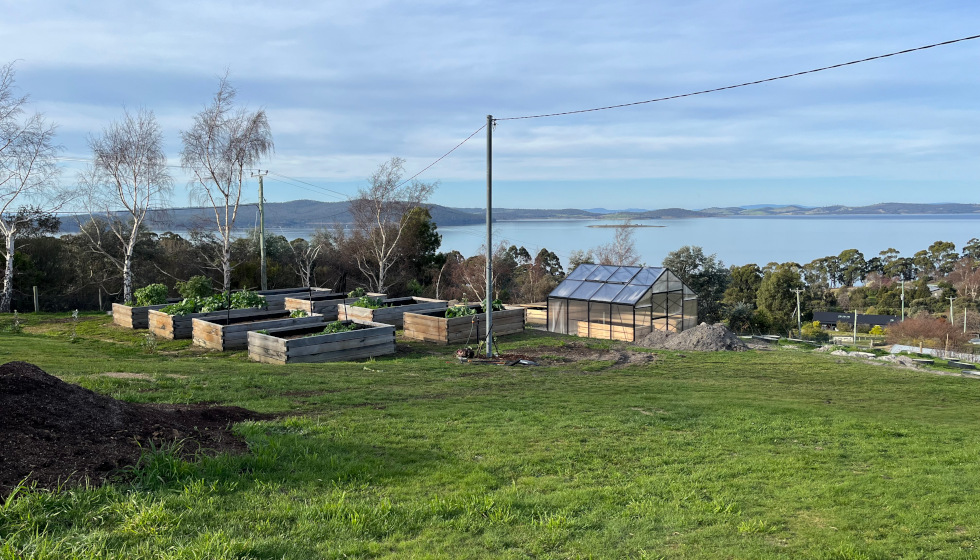
You run the fine dining Sydney restaurants, Quay (three hats) and Bennelong (two hats). Do you prioritise innovation, or is it about perfecting what you already know? I think a big part of my job is innovation, coming up with new ideas and dishes and not resting on my laurels. Perfecting techniques and innovation is based on all the knowledge I’ve accumulated throughout my career. You have to stay curious and passionate to continue to innovate.
You’ve said that nature inspires your cooking. How does that play out in your kitchen? Nature and the nature of ingredients are the most important things to respect and draw inspiration from. One of the reasons I love to garden is that I get to observe nature in action. By observing the life cycle of plants and through growing vegetables I discover lots of exciting things. Sometimes it’s the buds, flowers and shoots of the plants in different stages of growth that can present new and interesting ingredients. I might be growing broadbeans and decide to use the growing tips as a green leafy vegetable. The younger stages of growth of zucchini and squash can be preferable to letting them fully grow as they can be more tender. Conversely, I may decide to let the zucchini grow beyond its normal size and use the soft newly forming seeds in the mature vegetable as an ingredient.
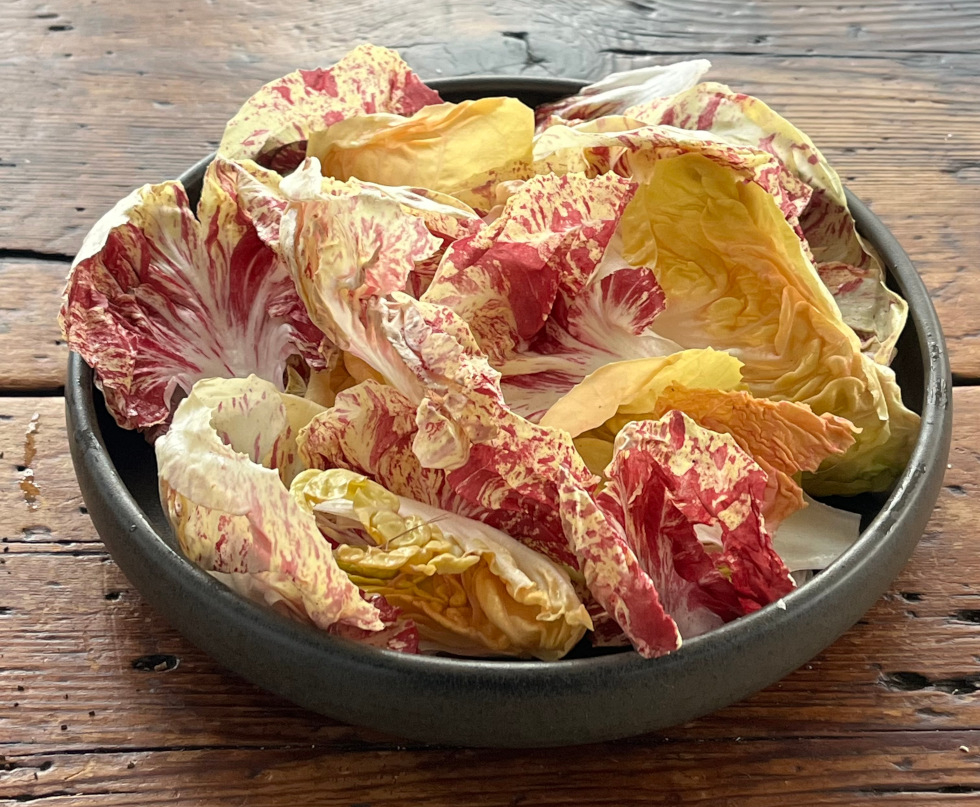
What’s one thing about your job that you wish more people knew? Just how much labour it takes to produce a fine dining experience. The cost of a fine dining meal may seem expensive but when you consider the amount of work that goes into providing the experience it’s actually proportionate. Restaurant margins are very slim.
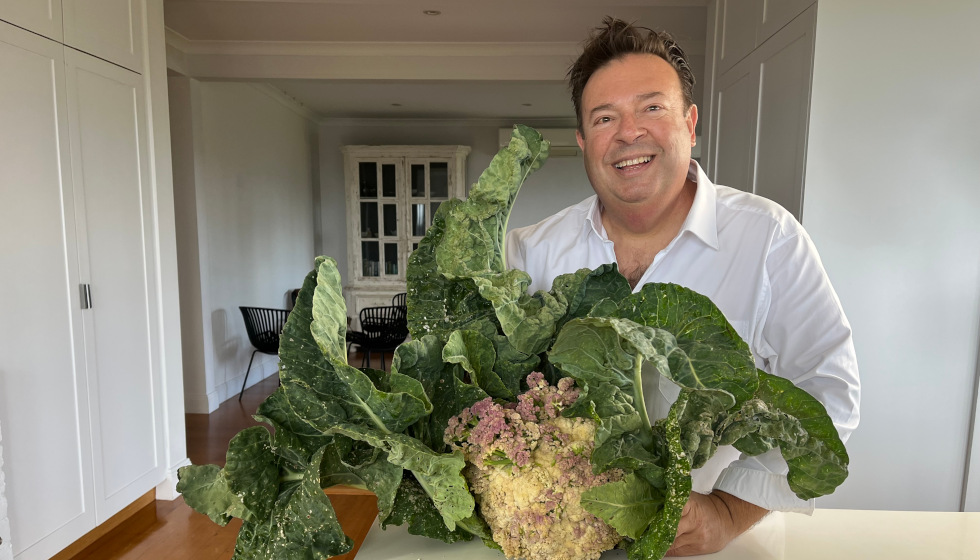
You’re known for championing the provenance of food. Why do you think this has become so important for diners today? I think people who come to restaurants are there for a whole experience and a lot of them are curious about the provenance and who grew and nurtured the ingredients. It adds up to a picture of just how many passionate individuals are involved in the process of bringing a beautiful meal to the table.
What is it about Tasmanian produce that gets your attention? The true seasonality and clean green environment of Tasmania makes for some excellent produce. From dairy and cheese producers to the harvesting of super sweet shellfish from the cold waters surrounding the island. The longer, slower growing seasons produce intense tasting berries and stone fruits and even incredibly flavourful tomatoes when they eventually ripen. There are innovative products that rely on the colder seasons like wasabi and Tasmanian white asparagus. And of course, some exceptional vineyards and distilleries round out the picture of a produce paradise.
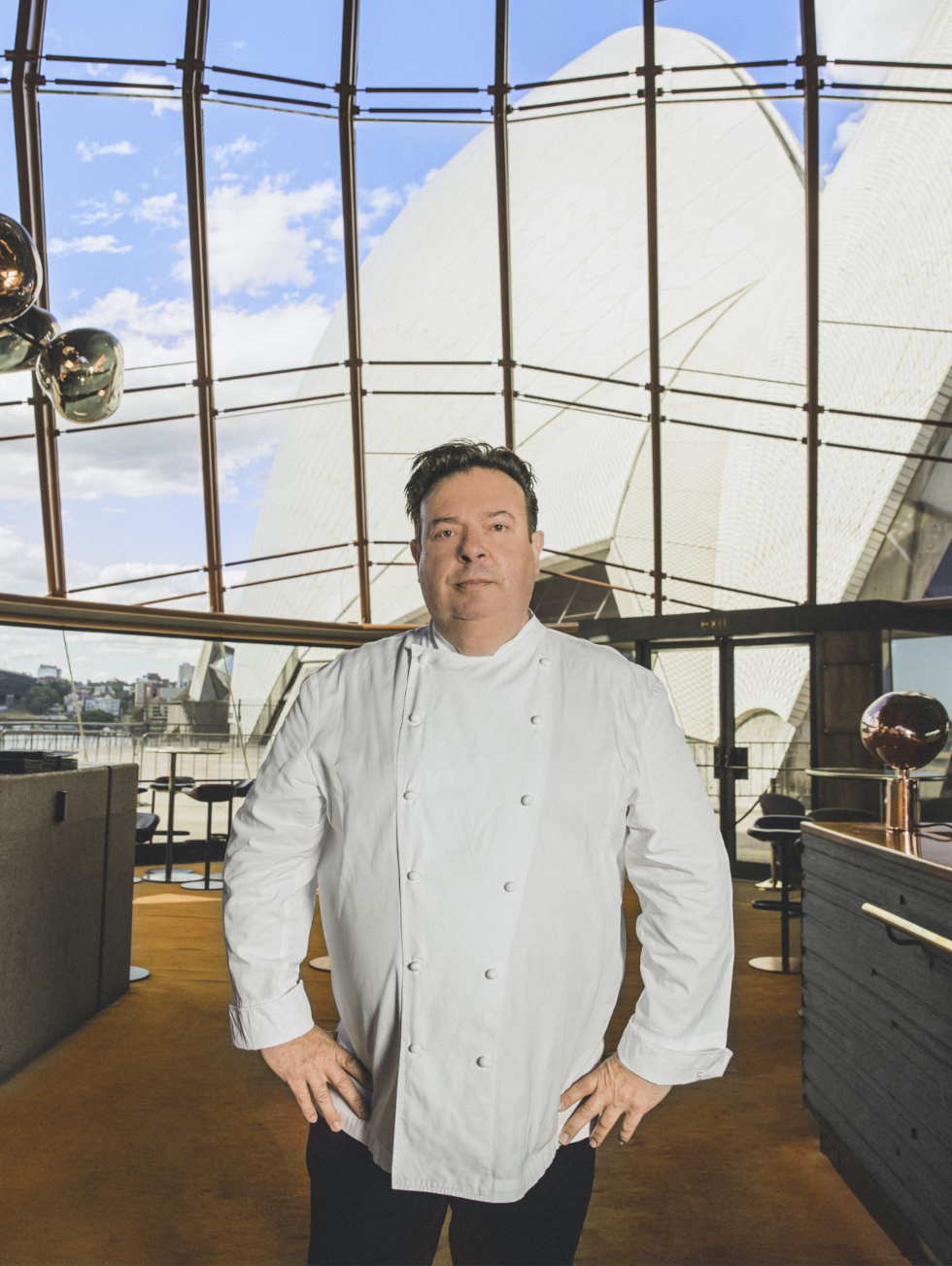
What are some of your favourite Tassie restaurants to eat at? I’m yet to discover all of the restaurants and cafes in Hobart but so far I’m super impressed with the quality of what’s on offer. Standouts so far would have to be The Agrarian Kitchen, Ogee, The Trophy Room, Maria, Fico and Pitzi, Dier Makr, Omotenashi and Peppina. Yum Cha at Me Wah, Born in Brunswick for a great breakfast, The Pigeon Whole Bakery anytime of day and my local, the Peppermint Bay Hotel. I know there are many others across Tasmania that I haven’t yet had the chance to discover.
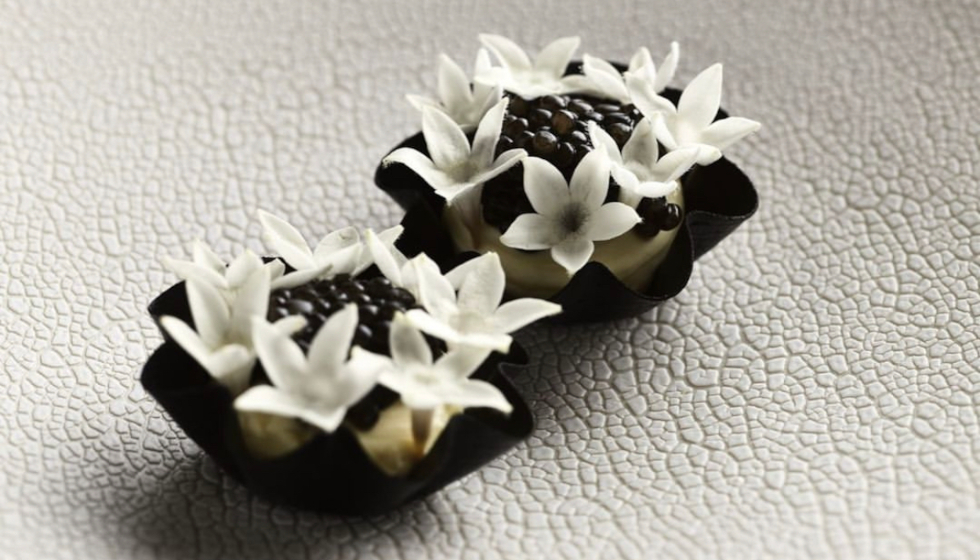
What does 2025 look like for you? Hopefully spending more time in Tasmania. Continuing to work and evolve the menus with my teams at Quay and Bennelong restaurants in Sydney. I’m looking forward to some overseas travel. I would love to go back to Japan in 2025.

